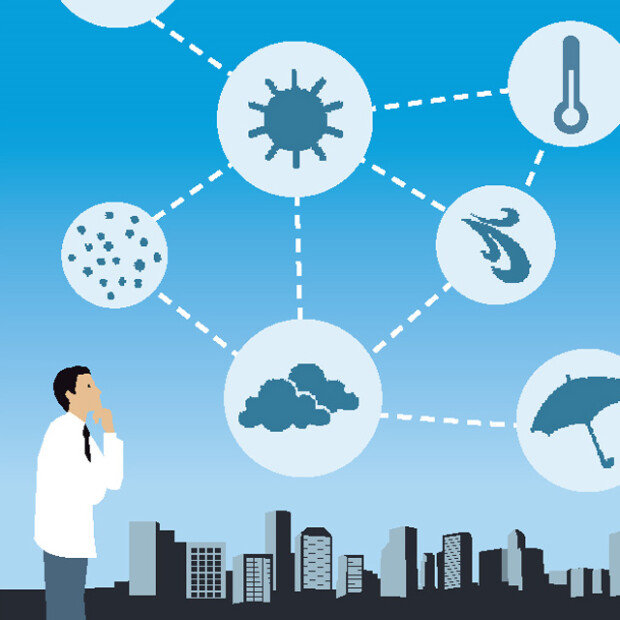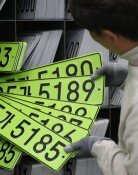Weather data emerge as centerpiece of smart city
Weather data emerge as centerpiece of smart city
Posted August. 24, 2019 07:58,
Updated August. 24, 2019 07:58

Since the Industrial Revolution, humanity has achieved astonishing progress, but failed to resolve urban problems nonetheless, and instead is facing another challenge wrought by technological advancement. Despite this, about 55 percent of the world’s population are presently living in cities, and 68 percent of the population will reside in urban areas by the year 2050, according to a McKinsey report released last year. Smart cities are emerging as a new solution being presented to help address fundamental problems with cities, which occur due to excessive concentration of populations within narrow areas.
The starting of smart city is to accurately learn and understand cities. The reason is that smart city is aimed at managing urban assets and resources efficiently by using sensors for collecting various forms of electronic data. Smart city collects diverse data including population, traffic volumes, land space information and weather data. Weather and air data are believed to serve as the most fundamental foundation for resolving the basic task of improving living environment.
Seoul Metropolitan City announced in March that it would collect 10 categories of urban environment data, including air quality, weather, noise and lighting pollution in real time by using more than 2,500 integrated IoT sensors. Through this plan, the South Korean capital city will seek to provide local living and environmental information and forecast, such as fine dust, ultraviolet rays, and heat waves, while improving efficiency of the city’s operation such as setting routes for water-spraying vehicles.
The Urban Wind Path Forest project, which the Korea Forest Service released recently, also utilizes data on weather and air. The project is designed to construct urban forests in areas with high fine dust levels and link them with forests in the outskirts of cities to create wind paths for steaming clean air in the city. It is expected to not only help reduce fine dust levels but also lower daytime highs within the city by 3 to 7 degrees Celsius during the summer to resolve heat island phenomenon. After Stuttgart created an 8 kilometer-long wind path called “Green-U Forest” within the city center by using weather and air data, the German city has reduced the number of days with high fine dust levels by one third yearly during a three-year period in 2014.
By integrating various data, weather and air data by, future smart city will emerging as core data for the smart city, which not only possess its own value but also combine with other data. As such, if Seoul City can install real-time monitoring sensors in various locations of the city, and collect and analyze accurate meteorological and air data, it will be able to create both clean and fresh living environment and future smart city industry.
Headline News
- N. Korea launches cyberattacks on S. Korea's defense companies
- Major university hospital professors consider a day off each week
- Italy suffers from fiscal deficits from ‘Super Bonus’ scheme
- Inter Milan secures 20th Serie A title, surpassing AC Milan
- Ruling and opposition prioritize spending amid tax revenue shortfalls







